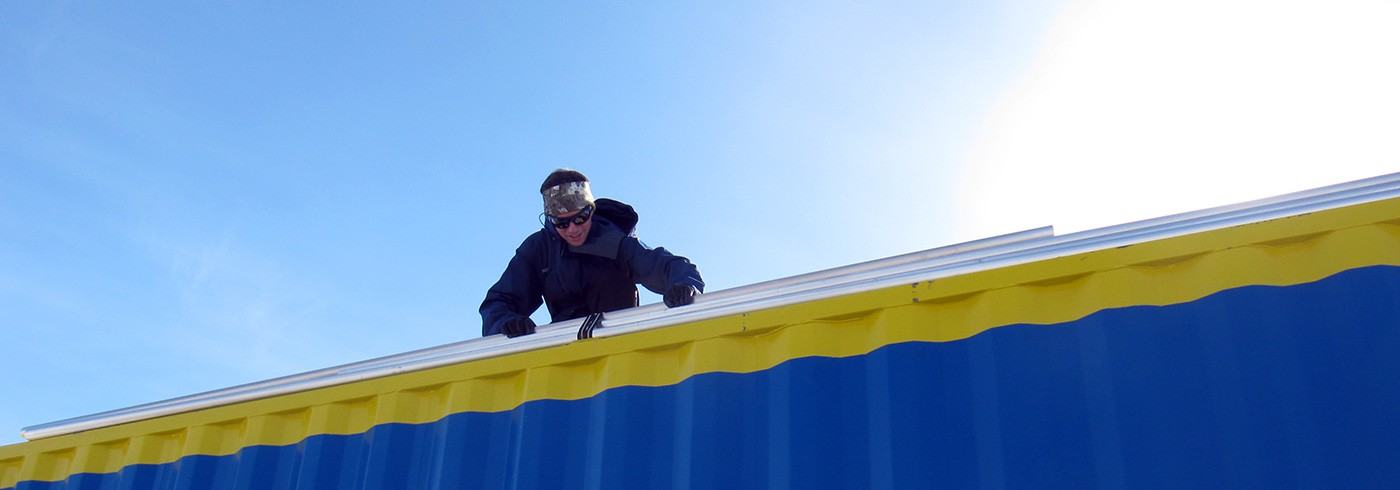MARA – Moveable Atmospheric Radar for Antarctica 2012/13
19 November 2011 - 11 January 2013To better predict the future climate over Antarctica, researchers from IRF examines how small-scale processes transport and mix air between different heights in the atmosphere. They also look at changes in the upper atmosphere caused by particles and radiation from the sun.
Small-scale processes are not accurately represented in climate models. Better understanding their role could lead to more accurate predictions of the future climate over Antarctica, and better interpretation of the past climate captured in ice-core records.
Measurements were made at Troll, a Norwegian research station located on a mountainous site at the edge of the Antarctic plateau, 72°S, 03°E. The main measurements were made using the Moveable Atmospheric Radar for Antarctica (MARA), with complementary data from weather balloons. MARA provides profiles of layer structures, winds, and turbulence at heights of 600 m to 12 km. Patches of turbulence or dust/ice clouds at heights of 50–100 km can also be measured under some conditions.

Fetching aluminium tubes stored on the roof of the container (for antenna maintenance). Photo: Sheila Kirkwood
Weather balloons were released when particular events were visible in the radar data, such as injections of air from higher altitudes, strong high-altitude turbulence or waves, and convection under low clouds. In all cases, these events confirmed the interpretations based on radar measurements, validating the use of radar data for statistical studies of such events. In 2014, MARA was moved to the Indian research station Maitri, located at a low-level site near the coast at 71°S, 12°E, to allow different meteorological conditions to be sampled.




